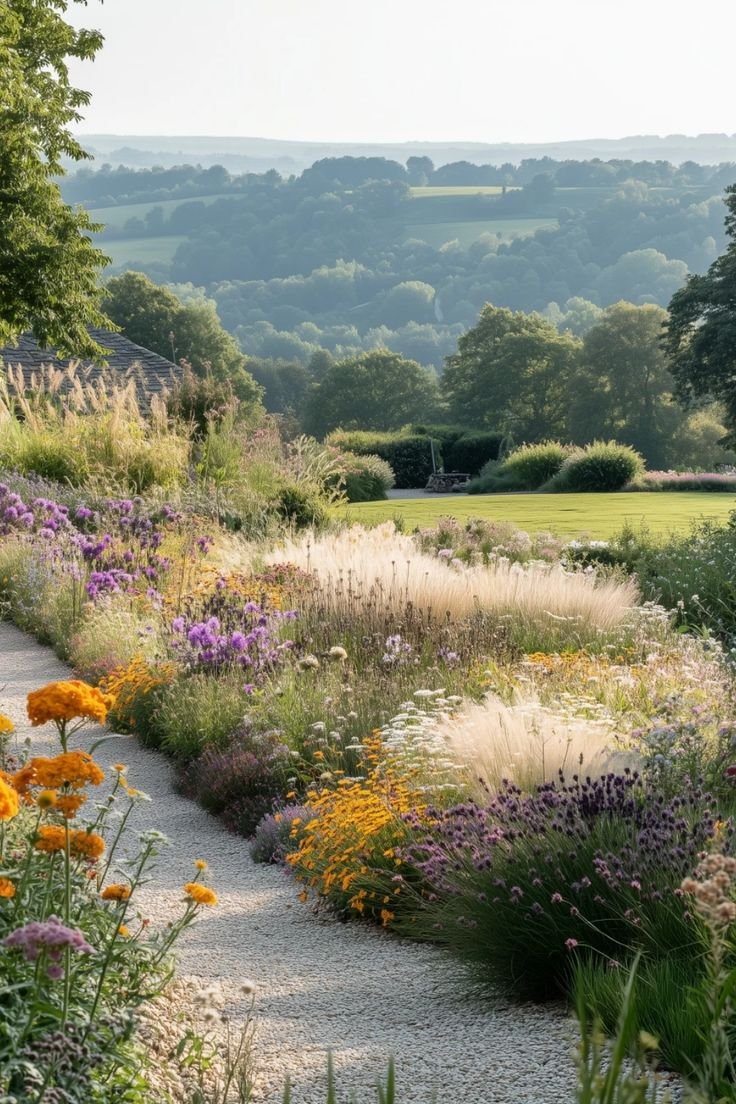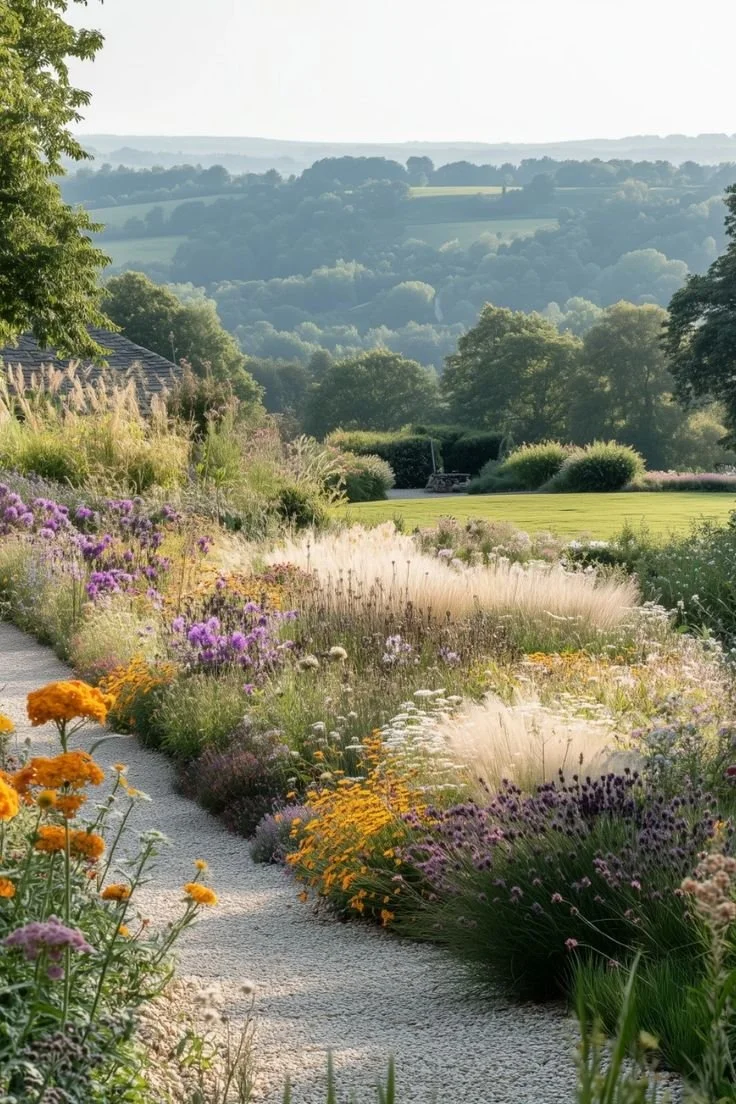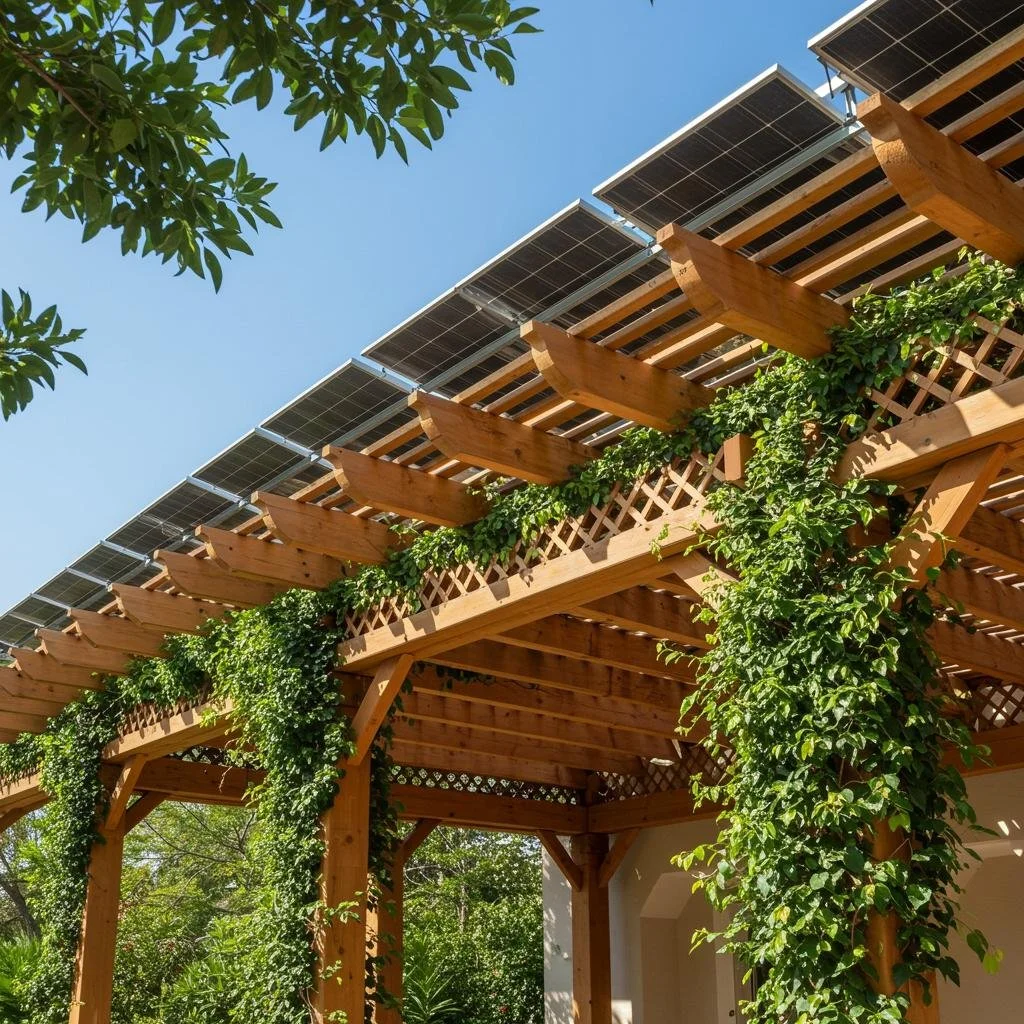Finding Peace In Transition: The Mindful Approach To Landscape Changes
The journey toward creating a truly harmonious living space sometimes requires difficult decisions—especially when it comes to our leafy companions. Discovering mindful eco-friendly tree removal services can transform what initially feels like a loss into a profound opportunity for growth, renewal, and deeper connection with your outdoor sanctuary.
Many conscious homeowners struggle with the decision to contact holistic tree removal and healing garden services, often feeling a sense of guilt or uncertainty about altering the natural landscape they’ve come to love. Yet, approaching necessary changes with intention, awareness, and proper support often leads to unexpected spiritual and emotional benefits that extend far beyond the physical transformation of the space.
In this insightful article, we explore the mindful approach to navigating landscape changes and how embracing this perspective can lead to a profound sense of peace throughout the transition process.
No. 1
The Emotional Landscape of Letting Go
The relationship between humans and the trees that share our living spaces runs deeper than many realize.
This explains why changes to that relationship can trigger such complex emotions:
Attachment to living beings that have witnessed family milestones, provided shade for contemplative moments, or simply greeted you each morning can create genuine grief when removal becomes necessary.
Fear of disrupting natural balance often surfaces as anxiety about wildlife habitats, ecosystem impacts, or the energetic harmony of a space that has felt like a sanctuary.
Guilt is common, especially for those committed to environmental stewardship, creating internal conflict between practical needs and deeply held values.
Uncertainty about making the right choice can lead to decision paralysis, prolonging situations that might actually be causing more harm than good—to both the property and the trees themselves.
No. 2
The Mindfulness Practice of Necessary Transitions
Approaching tree removal as a mindful practice—rather than merely a maintenance task—transforms the experience on multiple levels:
Presence with the process allows for conscious acknowledgment of the tree’s contribution to your life journey, creating space for gratitude rather than just loss.
Intention setting before any changes creates clarity around your deeper values and how the transformation serves your authentic vision for your living space.
Ceremony creation provides meaningful closure, whether through a simple moment of thanks or a more elaborate ritual involving family members who have shared space with the tree.
Conscious documentation through journaling, photography, or artistic expression helps process emotions while preserving memories associated with the changing landscape.
No. 3
Transforming Loss Into Renewal: Practical Steps
Mindfulness extends beyond emotional processing into concrete actions that honor the cycle of transition:
Salvage with purpose by incorporating elements of removed trees into your life—branch wands for garden spaces, handmade furniture, or commissioned artwork.
Create renewal rituals by planting new trees or companion plants that serve similar ecological functions while being more appropriate for your current needs.
Establish meditation spaces in areas previously occupied by trees, acknowledging the energetic shift while creating new opportunities for contemplation and connection.
Design transition phases rather than expecting immediate “completion,” allowing both the landscape and your relationship with it to evolve organically over time.
Terrain
Indoor and outdoor living, garden, and entertaining essentials that are well-designed, lasting, and beautiful.
No. 4
Questions for Soul-Aligned Decision-Making
Before finalizing removal plans, reflect on these questions to ensure alignment with your deeper values:
“What role has this tree played in my life story, and how can I honor that relationship regardless of physical changes?”
“How might this necessary transition mirror other areas of my life where letting go would create space for something more aligned?”
“What new possibilities for connection with nature might emerge from this change that aren’t currently available?”
“How can this process become a teacher rather than just a task, offering wisdom about impermanence and adaptation?”
No. 5
Finding Ethical Partners for Your Journey
The experience of tree removal changes dramatically depending on the approach of those helping you implement the change.
Look for services that:
Ask meaningful questions about your relationship with the trees and space—not just technical details.
Offer closure rituals or thoughtful suggestions for honoring the trees being removed.
Conduct wildlife habitat assessments and prioritize ecosystem protection.
Provide regenerative options like using removed material for soil enhancement, mulch, or habitat creation.
These qualities indicate a deeper understanding of the emotional and ecological dimensions of the work.
No. 6
Creating Sacred Space Through Thoughtful Subtraction
Sometimes, the most profound transformations come not from what we add to our lives but from what we mindfully remove.
Tree removal, when done with intention, can lead to:
Increased light accessibility, creating opportunities for solar-loving plants that support pollinators and enhance biodiversity.
Improved energy flow, as wind patterns, sound transmission, and visual pathways open up, inviting more mindful engagement with your space.
Expanded perspective, both literally and metaphorically, as sightlines open and new views emerge.
Root freedom allows surrounding plants previously struggling against competition to flourish, much like removing limiting beliefs allows for personal growth and expansion.
No. 7
Healing the Land, Healing Yourself
The parallels between landscape transitions and personal transformation are powerful:
Soil rejuvenation mirrors personal renewal after releasing outdated attachments or obligations.
Ecosystem recalibration reflects how our internal systems find balance after significant life changes.
Light pattern alterations shift how you experience your space—and yourself—throughout the day.
Community response from wildlife and neighboring plants demonstrates how personal transformation affects the broader web of relationships in our lives.
Takeaways
Approaching tree removal with mindfulness, intention, and deep respect for the interconnection between ourselves and our environment turns what could be a painful experience into a sacred one.
Rather than simply removing a tree, you’re participating in a cycle of release and renewal—an act that mirrors the spiritual principles of impermanence, gratitude, and conscious evolution.
By honoring both the past and the future, your outdoor space becomes more than just a yard—it becomes a living reflection of your values, your growth, and your commitment to living in harmony with the natural world.
In embracing these necessary transitions with awareness and grace, you create not just a more functional landscape, but a more meaningful one—rooted in purpose, beauty, and transformation.
Looking For Home Resources?
Looking to enhance your living space and create a sanctuary that supports your well-being? Explore our home partners who offer a wide range of resources to elevate your home environment.































